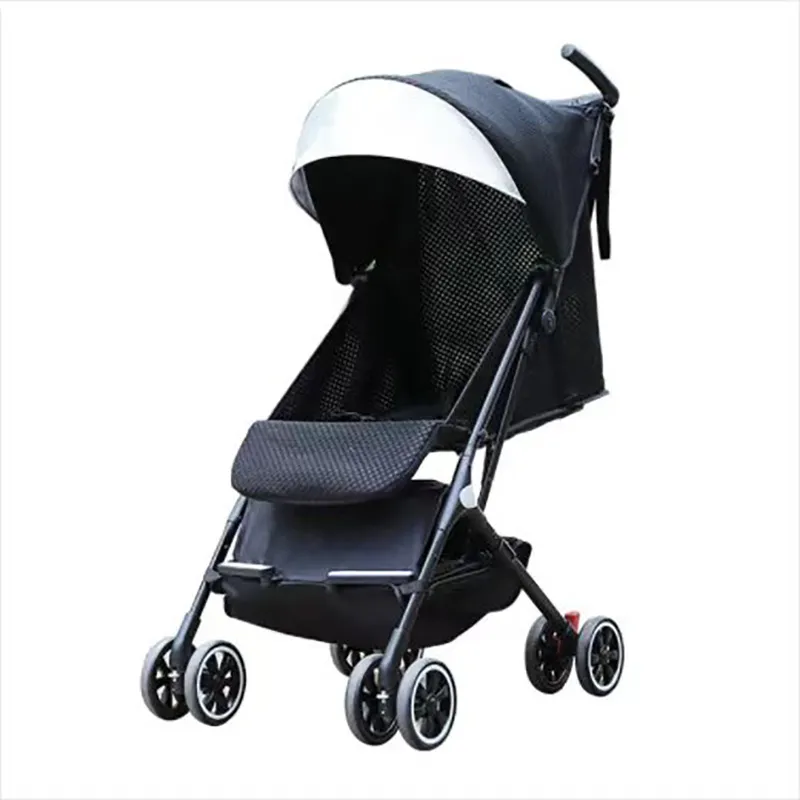
- Afrikaans
- Albanian
- Amharic
- Arabic
- Armenian
- Azerbaijani
- Basque
- Belarusian
- Bengali
- Bosnian
- Bulgarian
- Catalan
- Cebuano
- Corsican
- Croatian
- Czech
- Danish
- Dutch
- English
- Esperanto
- Estonian
- Finnish
- French
- Frisian
- Galician
- Georgian
- German
- Greek
- Gujarati
- Haitian Creole
- hausa
- hawaiian
- Hebrew
- Hindi
- Miao
- Hungarian
- Icelandic
- igbo
- Indonesian
- irish
- Italian
- Japanese
- Javanese
- Kannada
- kazakh
- Khmer
- Rwandese
- Korean
- Kurdish
- Kyrgyz
- Lao
- Latin
- Latvian
- Lithuanian
- Luxembourgish
- Macedonian
- Malgashi
- Malay
- Malayalam
- Maltese
- Maori
- Marathi
- Mongolian
- Myanmar
- Nepali
- Norwegian
- Norwegian
- Occitan
- Pashto
- Persian
- Polish
- Portuguese
- Punjabi
- Romanian
- Russian
- Samoan
- Scottish Gaelic
- Serbian
- Sesotho
- Shona
- Sindhi
- Sinhala
- Slovak
- Slovenian
- Somali
- Spanish
- Sundanese
- Swahili
- Swedish
- Tagalog
- Tajik
- Tamil
- Tatar
- Telugu
- Thai
- Turkish
- Turkmen
- Ukrainian
- Urdu
- Uighur
- Uzbek
- Vietnamese
- Welsh
- Bantu
- Yiddish
- Yoruba
- Zulu
Nov . 02, 2024 12:15 Back to list
how to put a derailleur on a mountain bike
How to Install a Derailleur on a Mountain Bike
Installing a derailleur on a mountain bike can seem daunting, especially if you’re new to bike maintenance. However, with the right tools and a bit of guidance, you can easily tackle this task at home. This guide will walk you through the steps needed to install a rear derailleur, ensuring your bike shifts smoothly and efficiently.
Tools Needed - 5mm Allen wrench - Screwdriver (Phillips and flathead) - Chain tool (if needed) - 10mm or 11mm wrenches (depending on your bike) - Bike stand (optional, but helpful)
Step 1 Gather Your Materials Before you begin, ensure you have all the necessary components. You will need a new derailleur, a compatible chain, and the tools mentioned above. Make sure your new derailleur is suitable for your bike's drivetrain, whether it’s 9-speed, 10-speed, or more.
Step 2 Remove the Old Derailleur Start by flipping the bike upside down or placing it in a bike stand. Using a 5mm Allen wrench, remove the bolt that secures the old derailleur to the derailleur hanger. Be cautious as the derailleur might still be attached to the chain. If it is, you will need to remove the chain using a chain tool. Once the derailleur is free, set it aside.
Step 3 Install the New Derailleur Take your new derailleur and align it with the derailleur hanger. Secure it in place by tightening the bolt you previously removed, ensuring it’s snug but not overly tight. You want to avoid stripping the threads.
how to put a derailleur on a mountain bike

Step 4 Attach the Chain Now it’s time to reconnect the chain. If you removed the chain entirely, thread it through the derailleur according to the manufacturer’s instructions. Typically, the chain should run through the jockey wheels (the small wheels on the derailleur) in a specific direction. Make sure it’s in the right position to ensure smooth shifting.
Step 5 Adjust the Limit Screws Limit screws prevent the derailleur from moving too far in either direction. Locate the two screws on the derailleur labeled ‘H’ and ‘L’ (high and low). The high limit screw controls the derailleur’s movement towards the smallest cog, while the low limit screw controls movement towards the largest cog. Adjust these screws so that the derailleur can shift to the highest and lowest gears without causing the chain to fall off.
Step 6 Fine-Tune Cable Tension Next, you will need to connect the derailleur’s cable. First, ensure that the cable is clamped correctly in the derailleur. Once the cable is in place, pull it tight and secure it through the shifter. Shift through your gears to test the tension. You may need to adjust this by using the barrel adjuster to ensure smooth shifting.
Step 7 Test Ride Once everything is adjusted, take your bike for a short test ride. Shift through all the gears to ensure everything is functioning correctly. Pay attention to how the bike shifts; it should change gears seamlessly without skipping or sticking.
Conclusion Installing a derailleur on your mountain bike may require some patience and practice, but it is a rewarding skill to have. Regular maintenance and proper installation of components like the derailleur can transform your riding experience. Follow these steps, and you’ll be ready to tackle any trail with confidence!
-
The Ultimate Kids' Four-Wheeler Experience
NewsJul.09,2025
-
The Ultimate Guide to Mountain Bikes: Gear Up for Your Ride
NewsJul.09,2025
-
The New Age of Cycling: Electric Bikes for Every Rider
NewsJul.09,2025
-
The Best Kids Bicycles: Ride in Style and Safety
NewsJul.09,2025
-
The Best 3-Wheel Scooters for Kids: Fun, Safety, and Adventure
NewsJul.09,2025
-
Revolutionize Your Ride: Affordable Electric Bikes
NewsJul.09,2025
-
Finding the Perfect Mountain Bike for Every Rider
NewsJul.09,2025



